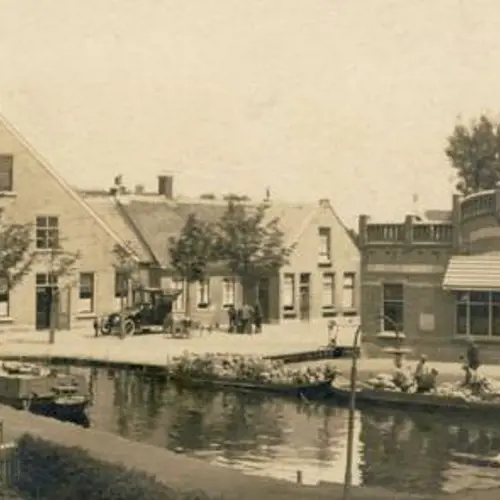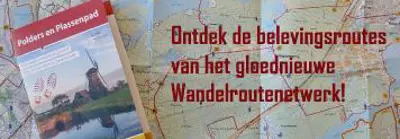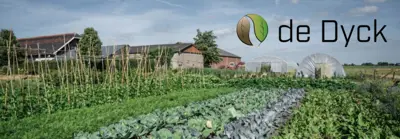
Veenderpolder and Lijkerpolder: The Auction
Veenderpolder and Lijkerpolder: The Auction
The Auction
22 August 1913. An ordinary Thursday morning in the Veen. In the auction sailing concourse at the Zuideinde, the growers are waiting for the clock to start, with pramen full of pickles, garden peas and sugar snaps. Gesticulating to each other they exchange the latest news. In the meantime, the auction tribune fills with commission agents and wholesalers. Most come from the nearby Wagenaar café, where they have just had a 'cuppa'. On the tribune benches they are waiting impatiently for the merchandise to come sailing by. Their boats are waiting at the sluice, ready to transport the purchased goods to big cities in the Netherlands and beyond.
That was the way vegetables and flowers were auctioned off in the centre of Roelofarendsveen from 1912 to 1965. In 1912, an auction building, commissioned by the growers cooperative, Eendracht Maakt Macht, was built at Zuideinde next to the lock. In 1965 the auction was closed down. The auction activities moved to a new auction building on the Sotaweg in Roelofarendsveen. The old auction building has become a business complex which includes the Wagenaar restaurant.
The three slices
The Wagenaar restaurant takes its name from the former Wagenaar café which was located next to the auction building until 1999. Café Wagenaar was a pub that has for centuries occupied a central place in the village life of Roelofarendsveen, including as a meeting place of growers and merchants. The last owners were the three unmarried Wagenaar sisters. They inherited the café from their father and were locally called "the three slices".
Establishment of the Auction
Until 1900 the growers from the Veenderpolder and Lijkerpolder outside the dikes sold their products on an individual basis to merchants and canneries. Before the merchants went along to the growers to purchase goods, they met in the old Wagenaar café; there they decided what the prices would be. The growers were feeling increasingly disadvantaged and in response established growers cooperatives. The first cooperative, Eendracht Maakt Macht, started in 1902. On 21 July of that year, the affiliated growers organised the first Veen auction, led by town constable Dupeau. The products were sold at public auction. In subsequent years, goods were auctioned on the street and in various sheds, until the construction of the auction house in 1912. In 1918 all cooperatives in Roelofarendsveen merged into a single cooperative called Eendracht Maakt Macht: named after the first cooperative in the village.
This story is part of the Tulip Route. A cruise full of stories about the flourishing Veenpolder of Roelofarendsveen. The Tulip Route is free. A route map can be found on this website or at one of our tourist information centres, in the vicinity of bars and restaurants or marinas.
The Tulip Route in Roelofarendsveen is made possible by local entrepreneurs. This story is brought to you by: Restaurant Wagenaar.





